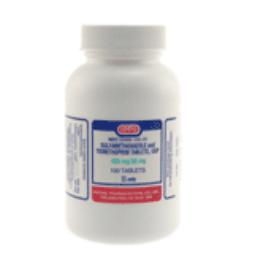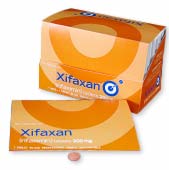Bacterial are the most common cause fo TD, thought to account for 80%-90% of TD.
enterotoxigenic Escherichia coli, Campylobacter jejuni, Shigella sp. and Salmonella sp.
 |
| enterotoxigenic Escherichia coli |
 |
| Campylobacter jejuni |
protozoal pathogen: giardia
the risk for Cyclospora is highly geographic and seasonal, with the most well-known risk in Nepal, Peru, Haiti, and guatemala.
high-risk areas include most of Asia, the Middle East, Africa, Mexico and Central and South America.
risk for Travelers
Clinical Presentation
mild cramps, urgent loose stools, severe abdominal pain, fever, vomiting, bloody diarrhea.
etiology of TD
bacterial and viral pathogens have an incubation period of 6-48 hours.
protozoal pathogens generally have an inbubation period of 1-2 weeks and rarely present in the first few weeks of travel.
An exception can be Cyclospora cayetanensis, which can present quickly in areas of high risk.
untreated bacterial diarrhea lasts 3-5 days, Viral diarrhea lasts 2-3 days. protozoal diarrhea can persist for weeks to months without treatment.
Preventive Measures for Travelers
food and beverage selection
nonantimicrobial drugs for prophylaxis
bismuth subsalicylate (BSS)
reduce the incidence of TD from 40% to 14%. BSS commonly causes blackenning of the tongue and stool and may cause nausea, constipation, and rarely tinnitus.
Prophylactic Antibiotics
quite effective in the prevention of TD. reduce the incidence of TD from 40% to 4%.
_.jpg) |
| doxycycline |
 |
| trimethoprim-sulfamethoxazole |
trimethoprim-sulfamethoxazole((TMP/SMX)) and
doxycycline are no longer considered effective antimicrobial agents against enteric pahtogens.
the fluoroquinolones have been the most effective antibiotics but increasing resistance to these agents, mainly among Campylobacter species, may limit their benifit.nonabosorblable antibiotic , rifaximin, is being investigated reduced the risk for TD in travelers to Mexico by 77%
Treatmentantibiotics
ciprofloxacin or levofloxacin. resistence to fluoroquinolones, among Campylobacter isolates in some destinations such as Thailand.an alternative to the fluoroquinolones in thsi situation is azithromycin.
Single-dose or 1-day therapy for TD with a fluoroquinolone is well established.Azithromycin, 500 mg per day for 1–2 days, appears to be effective in most cases of TD.
Antimotility Agents
synthetic opiates, such as loperamide and diphenoxylate, can reduce bowel movement frequency and enable travelers to ride on an airplane or bus while awaiting the effects of antibiotics. these drugs are rarely given to small children.


Oral Rehydration Therapy
Fluids and electrolytes are lost in cases of TD, and replenishment is important, especially in young children or adults with chronic medical illness.oral rehydration solutions(ORS) is the best choice.
Treatment of TD Caused by Protozoa
the most common parasitic cause of TD is Giardia intestinalis.treatment options include metronidazole, tinidazole, and nitazoxanide.
for cryptosporidiosis, nitazoxanide can be considered as a treatment option.
Cyclosporiasis is treated with trimethoprim–sulfamethoxazole.
Treatment of amebiasis is with metronidazole or tinidazole, followed by treatment with a luminal agent such as paromomycin.













.jpg)

1 comment:
cool!
Post a Comment